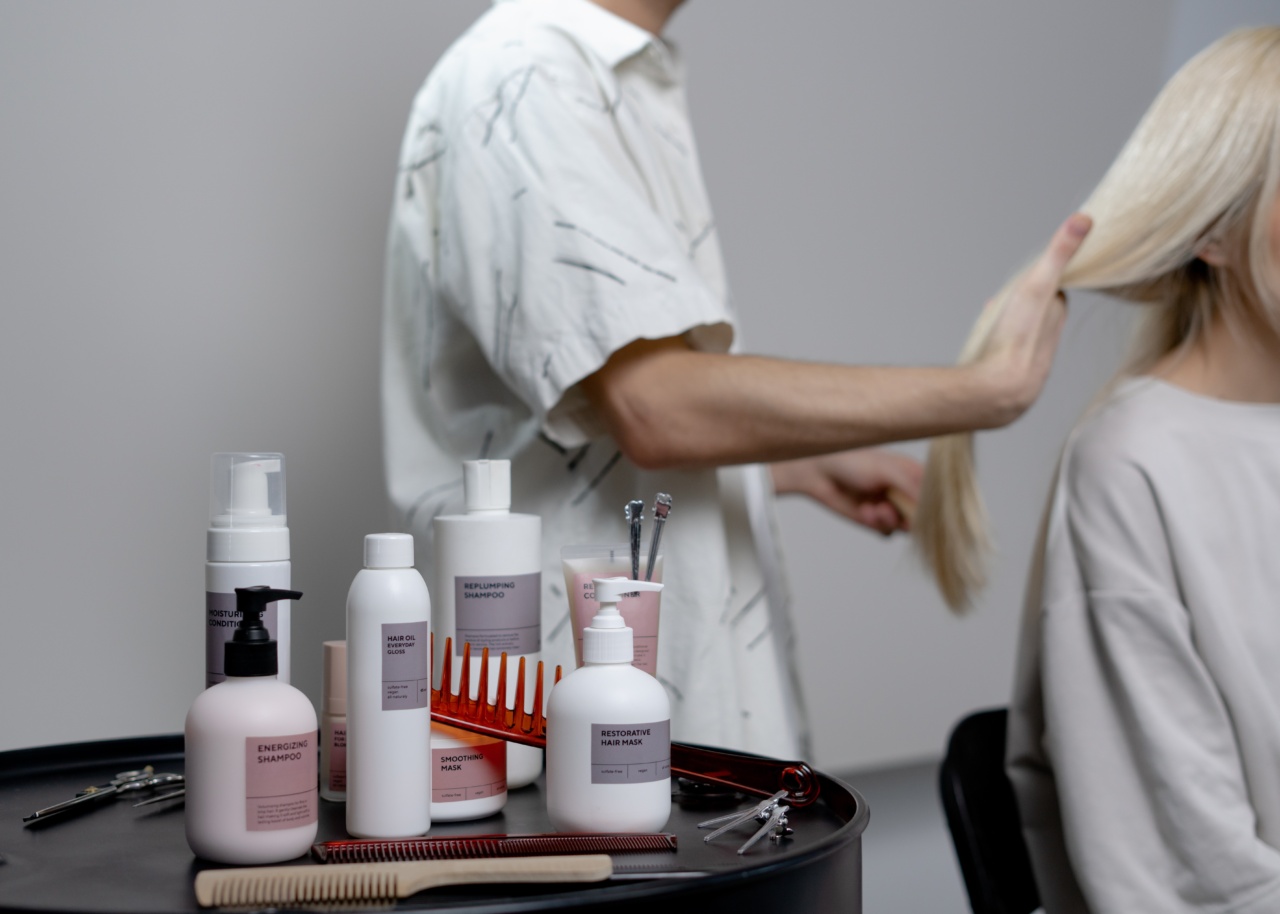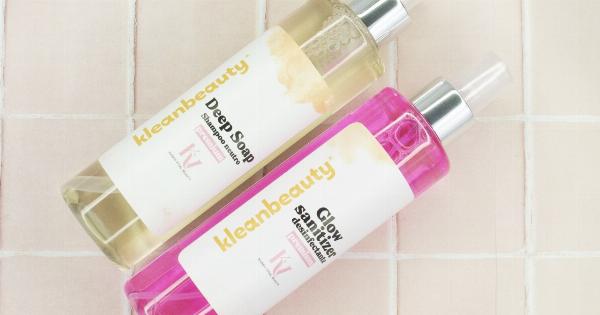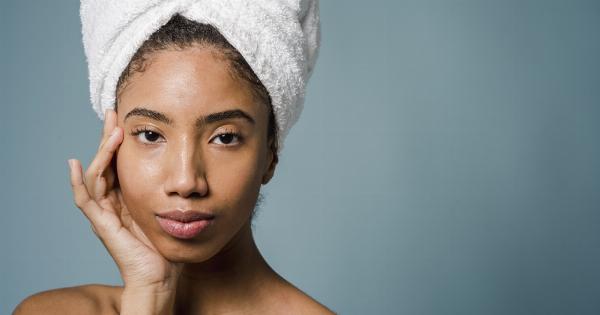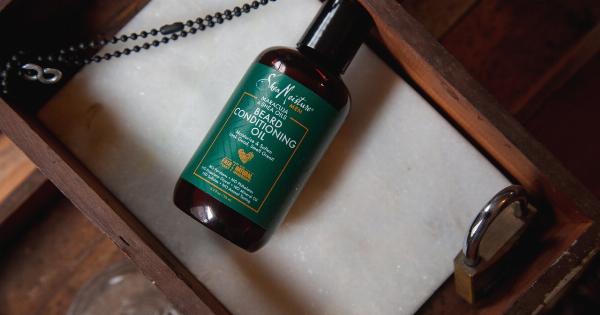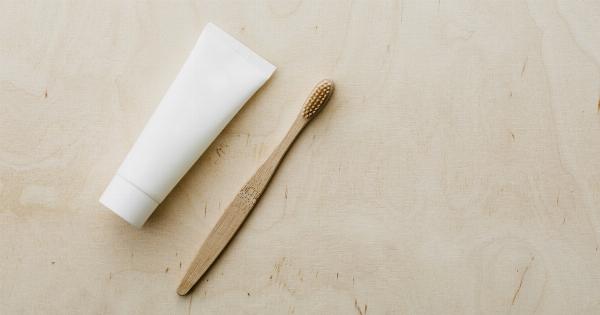When it comes to hair care, one of the most fundamental steps is finding the right shampoo. The right shampoo can make a world of difference in your hair’s health and appearance.
But with such a wide range of options available on the market, how do you know which one is ideal for you? In this comprehensive guide, we will walk you through the A-Z of hair cleansing and help you find your perfect match.
Understanding Different Hair Types
Before delving into the specifics of finding the ideal shampoo, it’s important to understand your hair type.
Hair types can vary greatly from person to person, and using the wrong shampoo can lead to various issues such as dryness, oiliness, or lack of volume. Here are some common hair types:.
1. Straight Hair
Straight hair is characterized by a lack of natural volume and a tendency to become greasy quickly. Look for shampoos that provide lightweight cleansing without weighing your hair down.
2. Wavy Hair
Wavy hair falls somewhere between straight and curly with a natural texture that is prone to frizz. Opt for shampoos that enhance your waves and control frizz.
3. Curly Hair
Curly hair requires extra moisture and hydration. Choose shampoo formulations that are moisturizing and can define and tame your curls.
4. Coily Hair
Coily hair, also known as kinky hair, is densely packed with tight curls. Look for shampoos that provide deep hydration and manageability, as coily hair tends to be prone to dryness and breakage.
5. Fine Hair
Fine hair is characterized by its thinness and lack of volume. Seek out volumizing shampoos that add body and fullness without weighing your hair down.
6. Thick Hair
Thick hair tends to be heavier and can be more prone to frizz and excess oil. Look for clarifying shampoos that effectively remove impurities without stripping away moisture.
7. Color-Treated Hair
If you have color-treated hair, your shampoo needs to be gentle, sulfate-free, and formulated specifically for color retention. Avoid harsh ingredients that can fade your hair color prematurely.
8. Dry and Damaged Hair
Dry and damaged hair requires intense hydration and repair. Opt for shampoos that are rich in moisturizing ingredients like argan oil, shea butter, or keratin.
9. Oily Scalp
If you struggle with an oily scalp, look for shampoos that help balance oil production without drying out your hair. Ingredients like tea tree oil and salicylic acid can be beneficial.
10. Dandruff and Scalp Conditions
If you have dandruff or any other scalp conditions, choose shampoos that target these specific issues. Look for active ingredients like ketoconazole or zinc pyrithione to effectively combat dandruff.
Choosing the Right Shampoo Ingredients
Once you have identified your hair type, the next step is to understand the different shampoo ingredients and their benefits. Here are some key ingredients to look for:.
1. Sulfates
Sulfates are foaming agents commonly found in shampoos. While they effectively remove dirt and oil, they can also strip away natural oils, leading to dryness. If you have dry or colored hair, consider sulfate-free options.
2. Silicone
Silicone is often used in shampoos to create a smooth and shiny appearance. However, it can build up on the hair over time, causing heaviness and dullness. If you have fine hair, opt for silicone-free shampoos.
3. Natural Oils
Natural oils like argan oil, coconut oil, and jojoba oil provide hydration and nourishment to the hair. Look for shampoos that contain these oils, especially if you have dry or damaged hair.
4. Keratin
Keratin is a protein that strengthens and repairs the hair shaft. If you have chemically treated or damaged hair, shampoos with keratin can help restore its health and vitality.
5. Tea Tree Oil
Tea tree oil has antimicrobial properties and can help control dandruff and scalp conditions. If you have a flaky or itchy scalp, look for shampoos infused with tea tree oil.
Developing a Haircare Routine
Once you have found the ideal shampoo for your hair type and concerns, it’s important to establish a haircare routine that suits your needs. Here are some tips to keep in mind:.
1. Frequency of Washing
Determine how often you need to wash your hair based on your hair type and scalp condition. While some hair types may require daily washing, others can go longer between washes to avoid unnecessary drying.
2. Conditioning
Follow up each shampoo session with a suitable conditioner to add moisture and manageability to your hair. Focus on the mid-lengths and ends, avoiding the scalp area if you have an oily scalp.
3. Deep Conditioning Treatments
Consider incorporating deep conditioning treatments into your routine once or twice a week to provide extra hydration and repair.
4. Scalp Care
Pay attention to your scalp health by exfoliating regularly to remove buildup and stimulate circulation. Additionally, treat any scalp conditions with targeted treatments.
5. Avoid Heat Damage
Minimize heat styling and use heat protectants to shield your hair from damage. Air-drying and using low heat settings whenever possible can help maintain the health of your hair.
Conclusion
Finding your ideal shampoo may require some trial and error, but understanding your hair type and concerns is the first step towards achieving healthy and beautiful locks.
Consider the specific needs of your hair, choose the right ingredients, and develop a suitable haircare routine. With the knowledge gained from this guide, you are now equipped to make informed decisions and unlock the secrets of hair cleansing.
